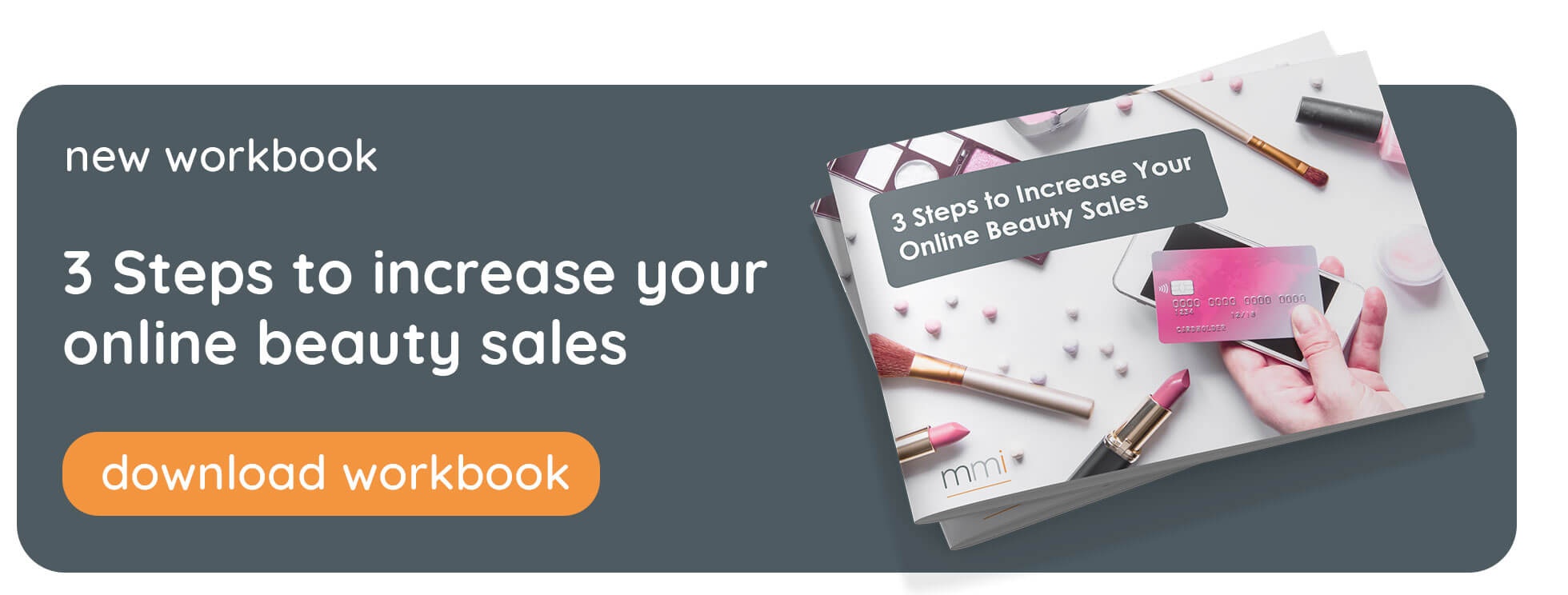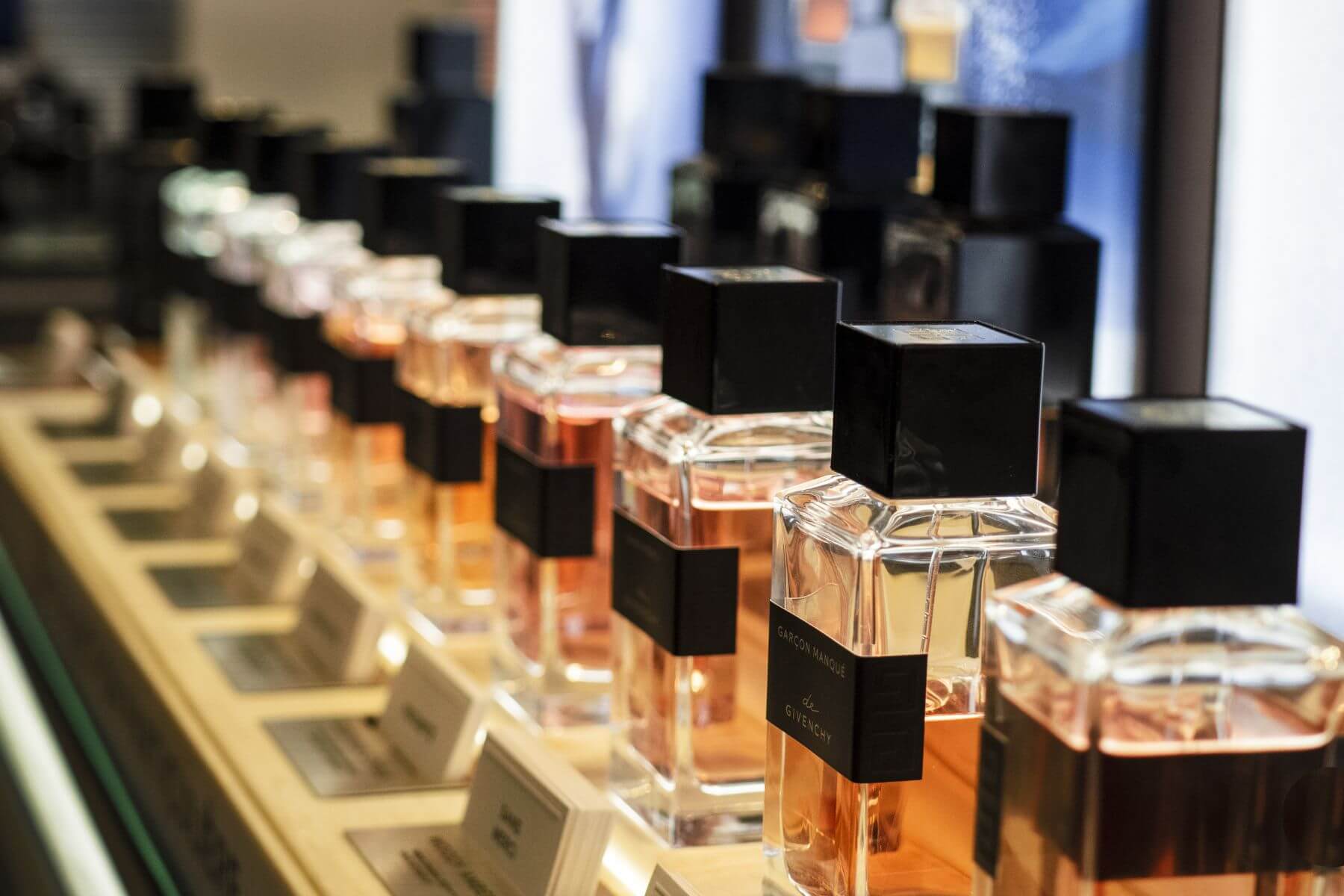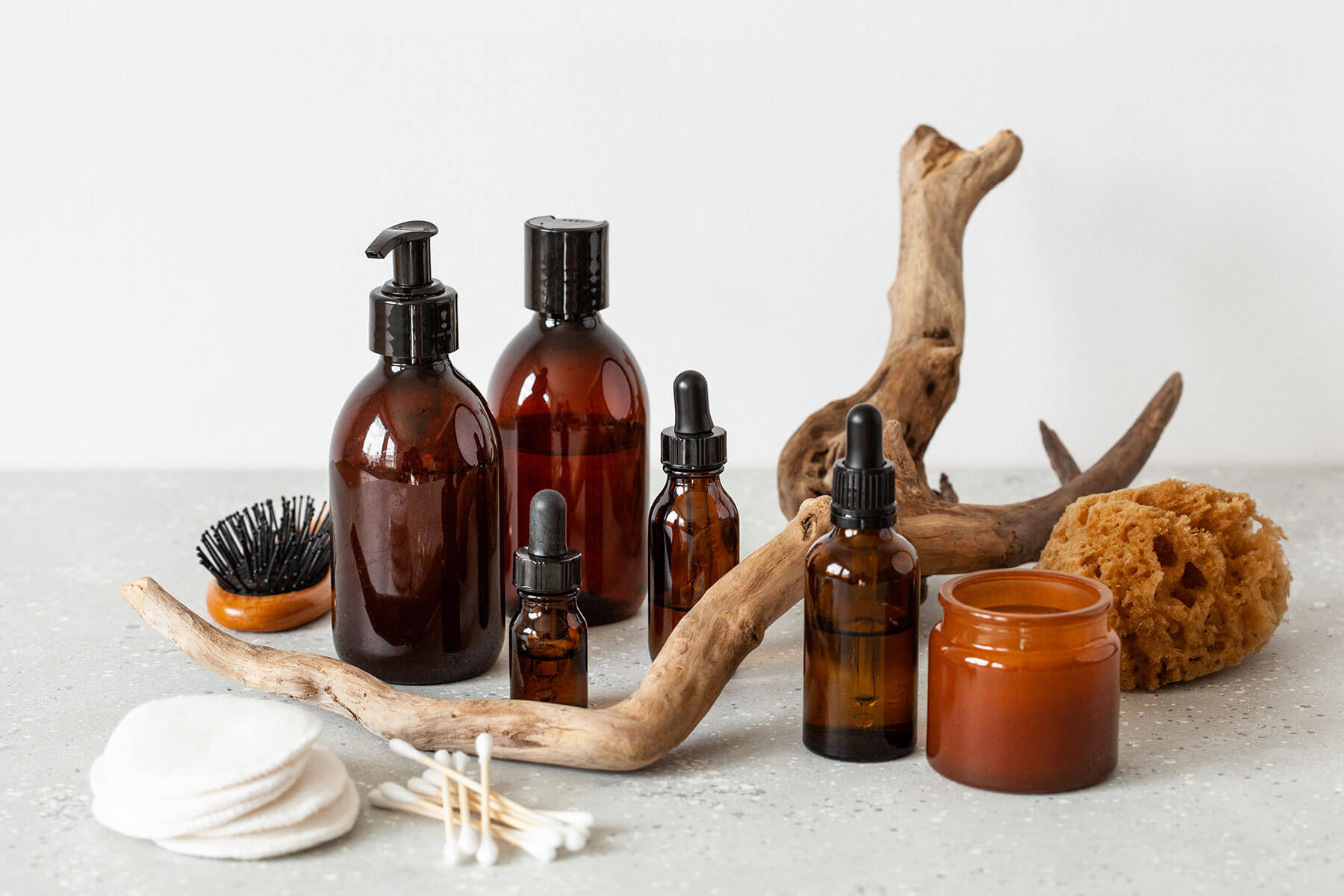Just as beauty brands have started to rebound from the impacts of COVID-19, a new crisis has hit the industry in the US and Europe: inflation. Causing costs to rise across the full supply chain – from sourcing raw materials to the transporting of goods – it spells trouble for brands already hard-hit by the effects of the global pandemic. But just how damaging will it be, and how is it altering RRPs? Here, we explore the ways inflation is currently affecting beauty brands…
Consumer behaviour in the face of inflation
Inflation has reached 8.6% in the US, and 9.1% in the UK, triggering a domino effect of disasters across all industries – including beauty. As consumers start to feel the squeeze (made worse by those soaring gas and electric bills), purchases of skincare, makeup and fragrance are predicted to become less of a priority.
However, current figures indicate that inflation hasn’t yet swayed consumers from stocking up on beauty products, with Barclaycard reporting a 13% increase in spending on beauty so far in 2022, compared with 2019. L’Oréal’s Chief Executive, Nicolas Hieronimus, told Reuters that “so far, we see no impact of inflation and price impacts on consumers’ beauty consumption.” Furthermore, Coty experienced a 19% increase in sales from January to March 2022, outstripping their initial predictions for the quarter.
Figures indicate that, as far as sales are concerned, inflation hasn’t yet brought down brand revenue – but we’re still in the early days of newly unprecedented times. With signs of a recession on the way, sales may not continue their upwards trend throughout the coming months, and therefore beauty brands will need to watch their revenue closely to navigate this uncertain period.
Changing prices in the beauty industry
While beauty purchases appear to be on the rise for now, so too are the prices for those products, with inflation leading brands to up their RRPs to cover higher supply chain costs. According to StyleSage, pricing for fragrances at Ulta Beauty, Sephora, and Nordstrom has increased by 12% since 2020, while skincare has seen an 11% jump, and makeup has gone up by 7%.
In fact, the DataWeave Beauty report found that over a third of beauty SKU’s increased price in April 2022 which was 10 times the number of price increases in April 2021.
Price inflation has been driven by increases in the cost and scarcity of ingredients, as well as struggles with transport (made worse by fuel prices), and the recent staffing crisis. In March 2022, e.l.f Cosmetics – known for their affordable beauty buys – announced on Instagram that fans can expect to see small increases on a number of products.
The post read: “As we face a world of rising costs, prices on many of our products will increase. Most products impacted will increase in price by $1, while prices on some of your favourites will remain the same. We remain committed to transparency and making the best of beauty accessible at mic drop prices. Always clean, vegan, and cruelty-free.”
What should brands do next?
Take note from beauty’s biggest power players – the brands that thrived during the pandemic – by embracing automated data solutions to keep on top of the changing industry landscape. With many external global forces at play, it’s unlikely the market will normalise soon, but tracking fluctuating pricing with a tool such as pricePOINT will enable brands to remain competitive. You may also want to take a transparent approach to communicating changing prices to your customers. By pairing open communication with other incentives (like free shipping or bulk buy discounts), you can reinforce brand trust and loyalty during a challenging period.
Up next: Find out why beauty brands should use data to monitor competitor pricing.





